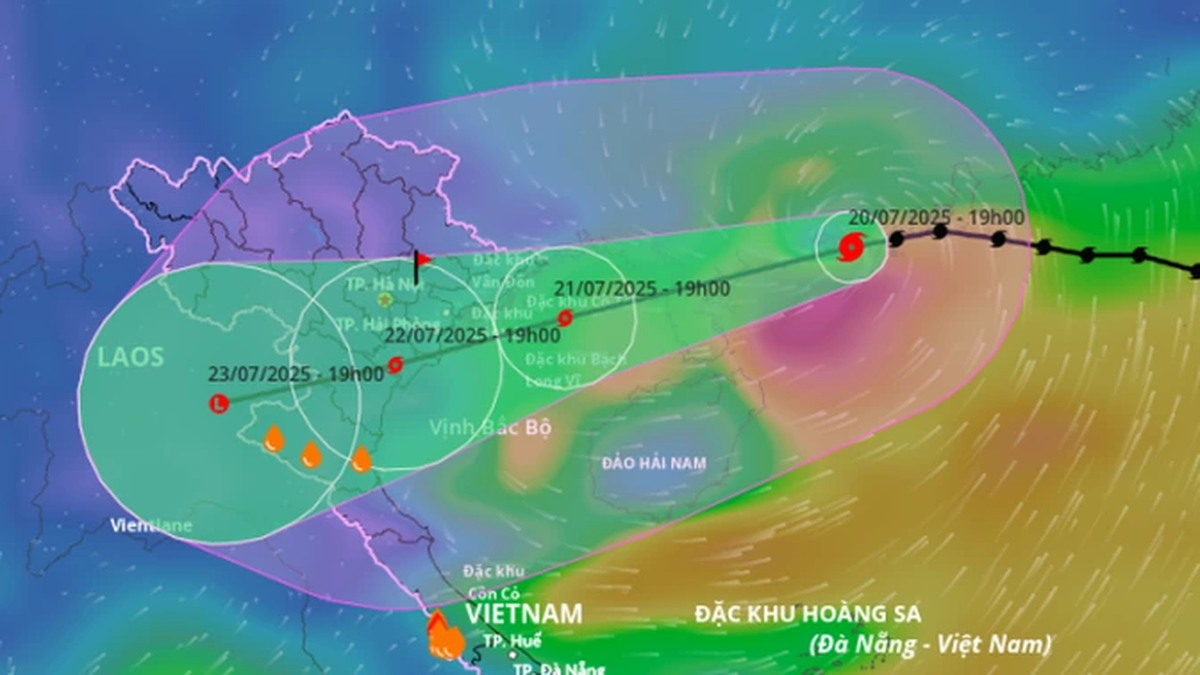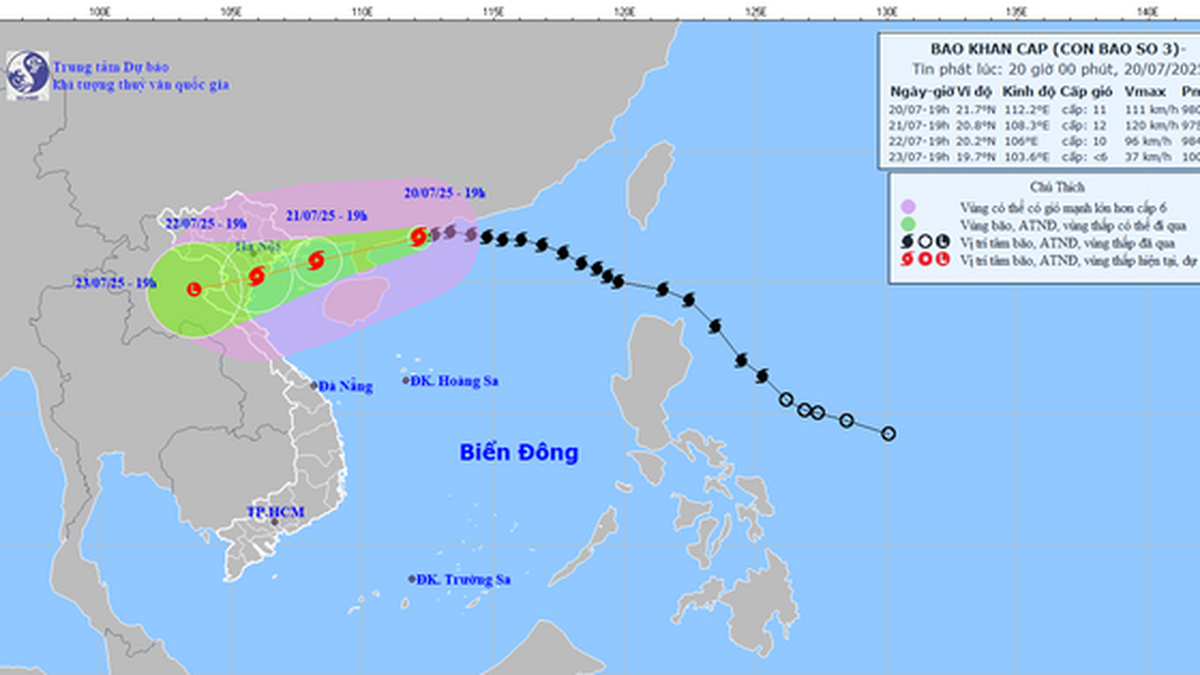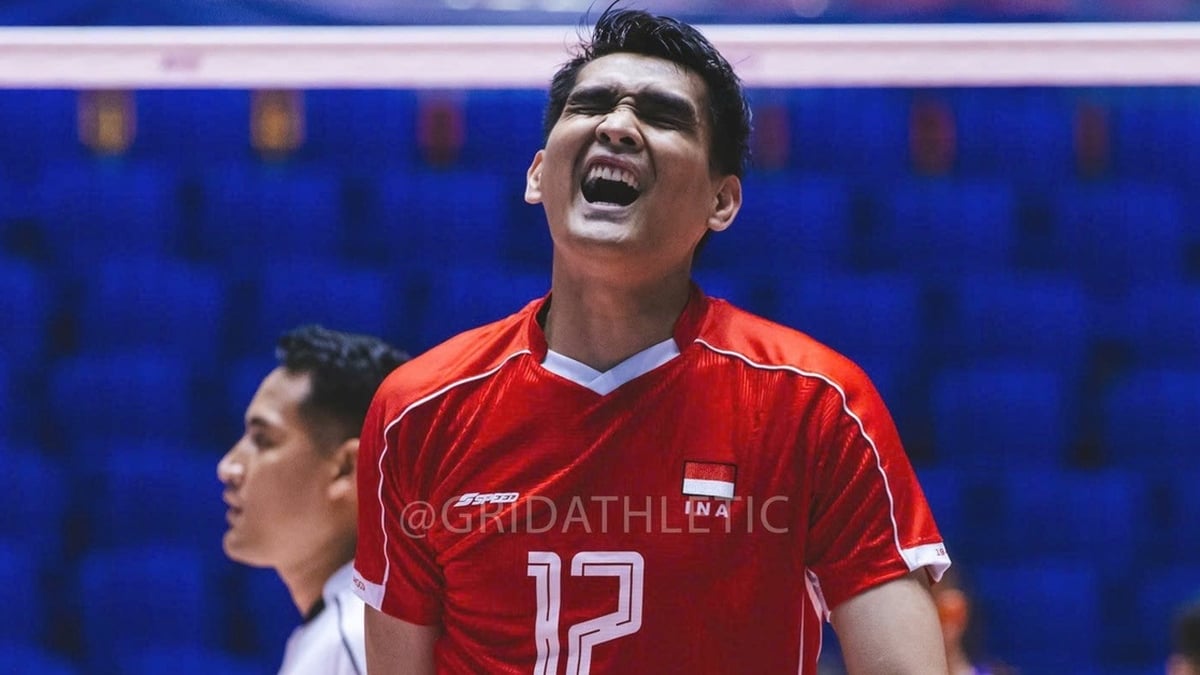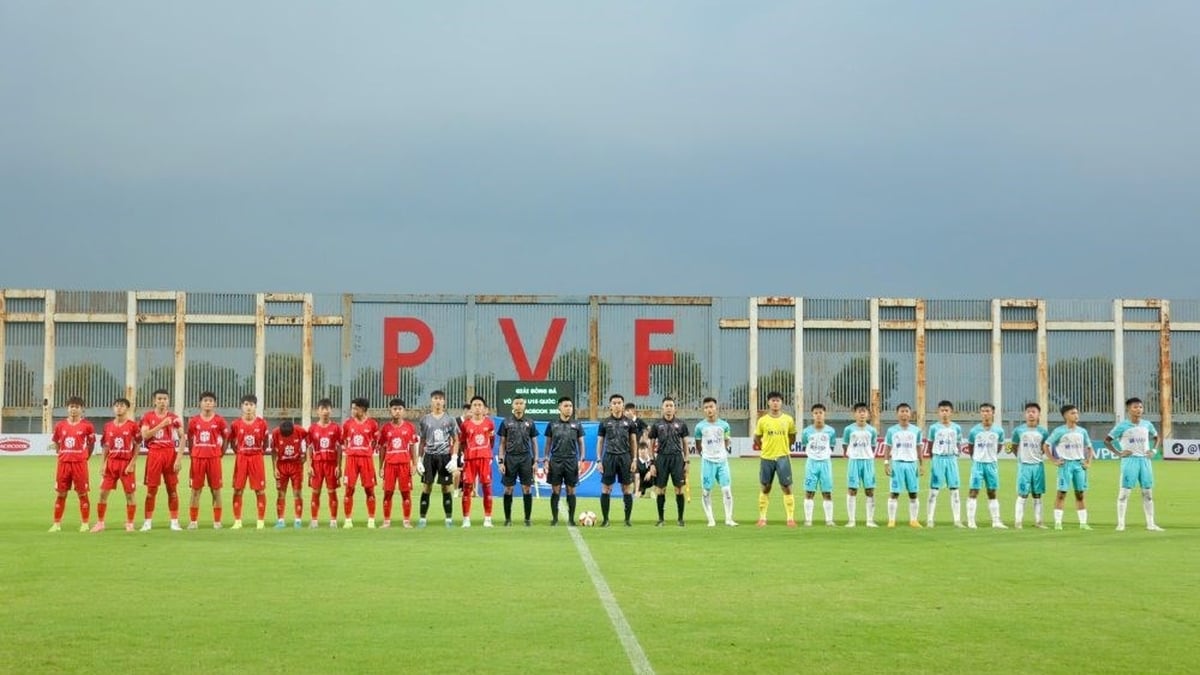NATO Secretary General Stoltenberg said at a joint press conference with Portuguese Prime Minister Antonio Costa in Lisbon on May 19 that he hoped leaders of NATO member states would agree to commit to spending at least 2 percent of GDP on defense at the upcoming summit. Stoltenberg said NATO's security environment has become "more dangerous" since the Cold War. Ensuring NATO's security in "a dangerous world" also means the military alliance needs to invest more in its defense and deterrence capabilities. While welcoming Portugal's recent increase in defense spending, Stoltenberg stressed that all NATO allies need to "commit and do more," according to Reuters. For his part, Prime Minister Costa affirmed that as a founding member of NATO, Portugal "remains loyal to the values of the alliance."
The goal of spending 2% of GDP on defense was agreed upon by leaders of NATO member states in 2006 to ensure the military alliance's combat readiness. However, the global financial crisis of 2007-2008, which led to many NATO member states reducing defense resources, seriously affected this goal.
At the 2014 summit in the UK, NATO leaders agreed that member states that had already met the target of spending 2% of GDP on defense should “continue to do so,” while the remaining member states set a target of spending 2% of GDP on defense “within a decade.” That means 2024 is the deadline for all member states to meet the 2% GDP defense spending target that NATO set in 2006.
Although defense spending has increased in recent times among many member states, the possibility of NATO “reaching the target” next year is considered almost impossible. The Defense News website commented that at the upcoming summit in Lithuania, leaders of NATO member states may agree to repeat the commitment to spend 2% of GDP on defense “in stronger language.”
Breaking Defense website said that in a report published by NATO in March, the military alliance confirmed that in 2022, only 7 member countries met the target of spending 2% of GDP on defense, including the US, Estonia, Greece, Latvia, Lithuania, Poland and the UK. As for Portugal, although its defense spending in 2022 increased (accounting for 1.38% of GDP) compared to 2021, it still did not reach the 2% GDP target set by NATO. Reuters quoted Portuguese Defense Minister Helena Carreiras as saying that the government plans to increase defense spending to 1.66% of GDP this year and will reach the 2% GDP target by the end of this decade.
NATO Secretary General Stoltenberg also warned that despite increased defense budgets, defense procurement by member states has not kept pace with the “dangerous world we live in.” According to him, increased defense spending must quickly “translate into real procurement contracts and specific types of equipment.”
VU HOANG
Source























![[Photo] National Assembly Chairman Tran Thanh Man visits Vietnamese Heroic Mother Ta Thi Tran](https://vphoto.vietnam.vn/thumb/1200x675/vietnam/resource/IMAGE/2025/7/20/765c0bd057dd44ad83ab89fe0255b783)









































































Comment (0)